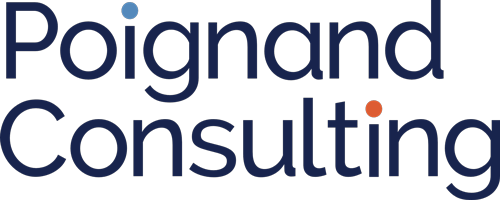
If you stop and think about how you buy important new things today, you’re likely to think of how you’ve changed over time.
As consumers and B2B buyers, we’ve become:
- Much more adept at research
- More open to a wide range of inputs that help us answer our needs via products and services, e.g. reviews, articles, and websites
- More likely to compare between brands and places to buy
- More certain about what we want before even talking to a salesperson
- Less tuned-in to traditional advertising
The change in buying behaviour and the way we use technology to shop has led to a dramatic shift in the way that effective marketing is done. Marketing today has to help people shop better and smarter. At its core is content marketing.
What is content marketing?
At Poignand Consulting, we like to describe it like this: Content marketing is the process of planning, creating and distributing content that helps your ideal client find and buy from your business.
You could be forgiven for thinking that content marketing is another description for inbound marketing, but that’s not quite it. Inbound is a strategic approach that seeks to attract, engage and delight people through the entire shopper and customer lifecycle. It centres on helpfully solving problems, nurturing and providing the best solutions for the prospect. Content marketing is the fuel that powers inbound.
Why content marketing?
Because traditional advertising is essentially about interruption, it is not in-tune with the way that today’s buyer consumes media or their needs as a buyer. Traditional advertising is fine for commodity categories or for capturing a sale from someone ready to buy. But it does not deal with the entire buyer journey and is only switched on when you’re spending money.
Content marketing is always switched on and available from all of the channels and platforms where your business chooses to place it.
The acritical benefit of content marketing is its role in SEO – search engine optimisation. Google serves up website suggestions based on the relationship between the searchers’ intent and how Google understands the content of your website. Google forms this understanding by examining the structure and substance of your online content. The headlines, the copy, the images and video all combine to help Google form an opinion on your brand’s authority in the search topic.
How content marketing?
Content marketing should start with a clear understanding of the target customer, the critical problems they seek to solve and a strategy for answering this challenge.
It’s best to begin by thinking of this through the lens of the buyer journey. This will help you define what is most important to communicate through your content.
- How best to help the customer identify how they will achieve what they want to achieve. Satisfying this step will put you in the best position to capture leads
- How you will re-engage with the lead to progressively help them learn more about the subject and position your business as a trusted authority and your products and services worthy of consideration
- How you will trigger sales conversion at the right time for the buyer.
Next is understanding what types of content will best enable your brand and the buyer to connect. What content will best help the shopper? This is the media lens.
- Video is a very rich form of content that can communicate a lot very quickly. It is very effective at engaging people and delivering a boost to SEO performance
- Podcasts, by comparison carry all of the traditional benefits of talk radio – time, relationship and the depth of detail that can be covered
- Blog content is used to describe subjects in detail. The keyword phrases contained within and how each blog links to website content to drive SEO performance. But always remember, we are writing to help people - your potential customers.
- Website content. This is a whole subject in itself, but in short: Website content should describe why you exist, how you do what you do and the products and services you offer. Pricing helps position your offer.
- Social media can be an incredibly effective way to amplify your content to reach more of your target audience and to re-engage regularly. If properly integrated into your entire marketing program it can also be used to facilitate lead capture and to nurture those leads
- Email content, if focused and relevant to the individual buyer, is a very useful tool to nurture leads. Combined with the right technology, it helps you to measure the extent and type of engagement with your content. This analysis provides powerful clues that help you progressively become more and more relevant to the buyer.
- Events and webinars are a great way to nurture leads and identify who is most interested in buying soon. The physical connection made through live events or webinars is the next best thing to one-to-one sales. It should aim to develop one-to-one sales relationships.
In summary, content marketing is necessary for almost all businesses today. Particularly so for businesses whose customers are in high-value categories and who have buyers that carefully consider their purchase.
Content marketing helps the right buyer to buy from you. It’s the best method for buyers and businesses alike.



